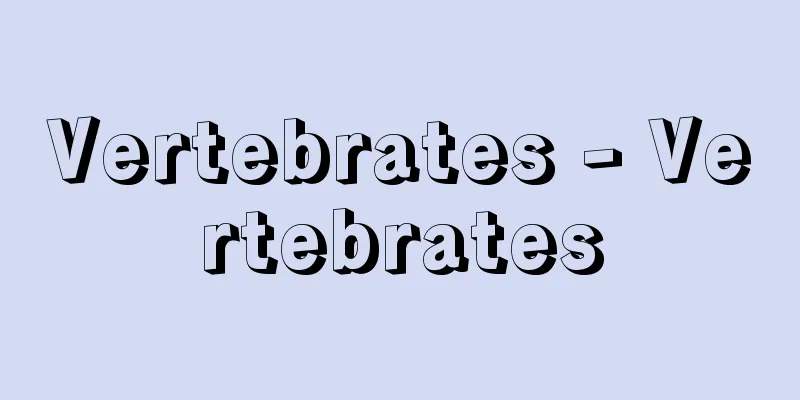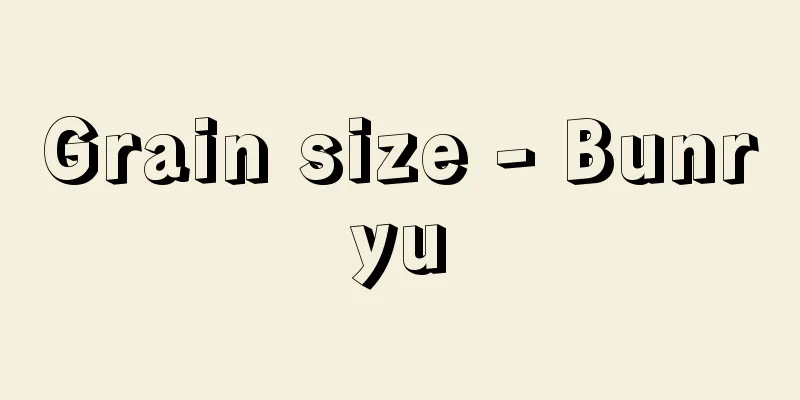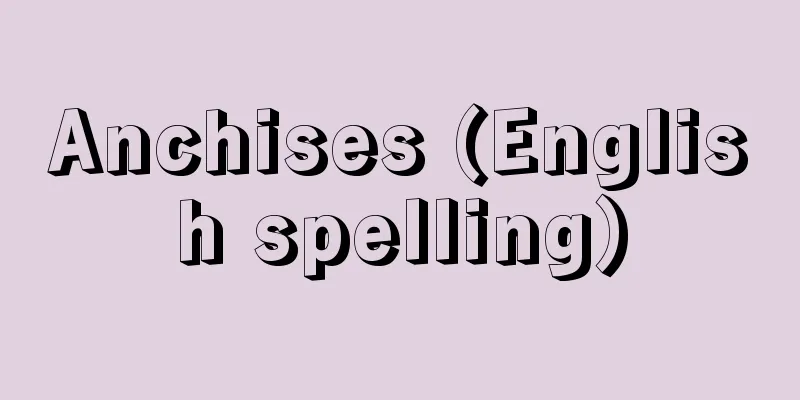Vertebrates - Vertebrates

|
In animal classification, a group of animals that constitutes a single phylum. Vertebrates are animals with a backbone, and are the opposite of invertebrates, which do not have a backbone, but they are not equal in taxonomic rank, with the former being lower. The four major morphological characteristics common to vertebrates are: (1) the presence of a notochord, permanently or temporarily, (2) the development of vertebrae, (3) the presence of a pharynx, and (4) a tubular neural tube on the dorsal side. The notochord is a rod-like structure on the dorsal side, and in most vertebrates, the notochord is replaced by the spine and degenerates in adults. However, in jawless lampreys and hagfish, the spine is poorly developed and the notochord remains throughout life. The pharynx is an enlarged area between the oral cavity and the esophagus, and in fish that breathe through gills for life, there are slits (gill slits) on the left and right side walls that give rise to gills. A distinctive feature of vertebrates is the development of the nervous system. The brain develops from the anterior end of the neural tube. The part along the lumen of the tube becomes the brain stem. The gray matter that develops dorsally from the brain stem receives projections from the sensory organs and is related to the three main senses of sight, smell, balance and hearing. The development of the sensory organs, which act as receptors for information from the outside world, and the brain, which acts as an information analyzer, allowed vertebrates to better adapt to their environment, which is thought to have allowed them to thrive as they do today. Among the morphological changes that primitive vertebrates did not have and that they acquired as they became more advanced, the most notable are (1) the development of the jaw, (2) the development of paired fins or limbs, (3) the development of the lungs, and (4) the development of the amnion and placenta. It is these developments that have allowed vertebrates to move out of the water and onto land. The circulatory system consists of a closed vascular system and a lymphatic system. Fish have one atrium and one ventricle in the heart, amphibians have two atria and one ventricle in the heart, reptiles have two atria and one ventricle or two ventricles in the heart, and birds and mammals have two atria and two ventricles in the heart. In adults, the excretory system is the mesonephros in amphibians and the metanephros in reptiles and above. Modern vertebrates are divided into seven classes: Agnathostomes (cyclostomes), cartilaginous fishes, bony fishes, amphibians, reptiles, birds, and mammals. The cartilaginous fishes and above, which have well-developed jaws, are called Gnathostomes. Amphibians and below are called Amunniotes, while reptiles, birds, and mammals are called Amniotes. In terms of classification, there is a theory that vertebrates are not a single phylum but a single subphylum, and should be included in the phylum Chordata along with the subphyla Urichoda and Cephalochordata. [Seiichiro Kawashima] Source: Shogakukan Encyclopedia Nipponica About Encyclopedia Nipponica Information | Legend |
|
動物分類上、一門を構成する動物群。脊椎動物とは背骨をもつ動物群で、背骨をもたない無脊椎動物に対する語であるが、分類階級は等しくなく、前者が下位である。脊椎動物に共通する形態上の四大特徴は、(1)脊索が終生または一時的に存在すること、(2)椎骨が発達すること、(3)咽頭(いんとう)があること、(4)管状の神経管が背側にあること、である。脊索は背側にある棒状構造で、ほとんどの脊椎動物で脊索は脊椎にとってかわられ、成体では退化している。しかし無顎(むがく)類のヤツメウナギやヌタウナギでは脊椎の発達が悪く、脊索が生涯を通じて存在する。咽頭は口腔(こうこう)と食道の間の膨大部で、終生えら呼吸をする魚類では左右の側壁に切れ目(鰓裂(さいれつ))が入り、えらを生じる。脊椎動物の際だった特徴は神経系の発達にある。脳は神経管前端部から生じる。管腔に沿った部分は脳幹となる。脳幹から背側に生じる灰白質は、感覚器官からの投射を受け、おもな三つの感覚である視覚、嗅覚(きゅうかく)、平衡感覚と聴覚に関連している。外界情報の受容器である感覚器官と情報分析器である脳の発達によって、環境によりよく適応できるようになり、脊椎動物は現在のように繁栄したと考えられる。 原始的脊椎動物は備えておらず、高等になるにしたがって獲得した形態学的変化のうち特筆すべきものは、(1)あごの発達、(2)対鰭(ついき)または四肢の発達、(3)肺の発達、(4)羊膜と胎盤の発達、である。脊椎動物が水から離れて陸上にまで生活圏を拡大したのは、これらの発達に負うところが大きい。 循環系は閉鎖血管系とリンパ管系からなる。心臓は、魚類が一心房一心室、両生類は二心房一心室、爬虫(はちゅう)類は二心房一心室または二心室、鳥類と哺乳(ほにゅう)類は二心房二心室である。成体の排出系は、両生類までが中腎(じん)、爬虫類以上のものは後腎が機能的となる。 現生の脊椎動物は無顎類(円口類)、軟骨魚類、硬骨魚類、両生類、爬虫類、鳥類、哺乳類の七綱で構成され、あごの発達する軟骨魚類以上を顎口類という。また、両生類以下を無羊膜類といい、爬虫類、鳥類、哺乳類を羊膜類とよんでいる。 なお、分類上、脊椎動物を一門ではなく一亜門とし、尾索動物、頭索動物の両亜門とともに脊索動物門に含める説もある。 [川島誠一郎] 出典 小学館 日本大百科全書(ニッポニカ)日本大百科全書(ニッポニカ)について 情報 | 凡例 |
<<: Spondylolysis - Spondylolysis
Recommend
Hurewicz, W. (English spelling) HurewiczW
...In particular, it was discovered that homology...
Classic Spanish (English)
…Like all manifestations of Spanish culture, the ...
Fiorello Henry La Guardia
1882‐1947 U.S. Congressman and Mayor of New York. ...
Cratoxylon
...It is an evergreen shrub or small tree of the ...
Cartwright, T.
...That is, in each individual church, in additio...
Golden Shinobuhiba - Golden Shinobuhiba
...Hiyokuhiba (Itohibaba) has thin, drooping bran...
Chikayoshi Nakahara
Year of death: 12/18/1209 (1/25/1209) Year of birt...
Al‐Jaghbūb (English spelling)
An oasis in the interior of Libya's Cyrenaica ...
spiral
...If the intersection point of the tangent at po...
Oboro - dim
〘Noun〙① (adjective verb) A state of being absent-m...
Fishnet clothing - Amiginu
Clothes made of a coarse mesh like cloth. Shroud T...
Wallace, De W.
…A publication that is published at regular inter...
baccarat
…(4) A game in which the goal is to get the total...
Keizanji Temple
This Zen temple is located in the northwest of Yu...
Tea ceremony - Chagoto
〘Noun〙① On the anniversary of the death of one'...









